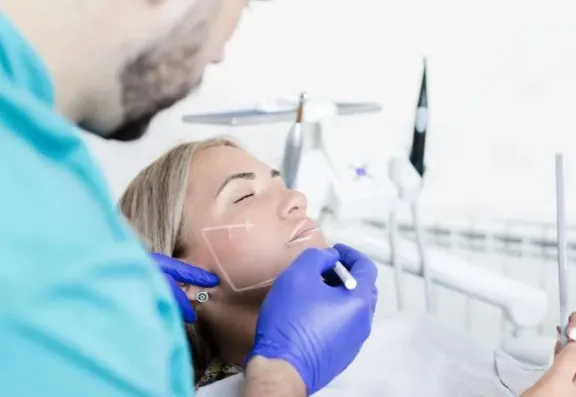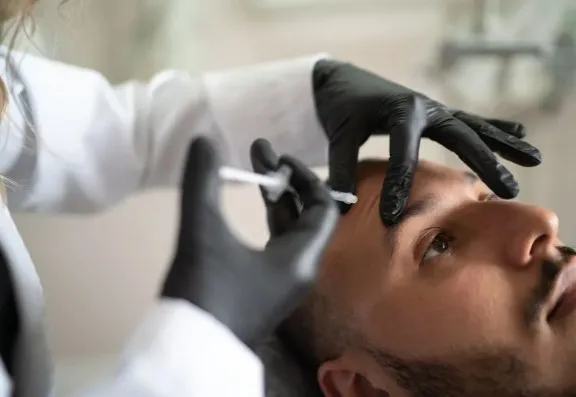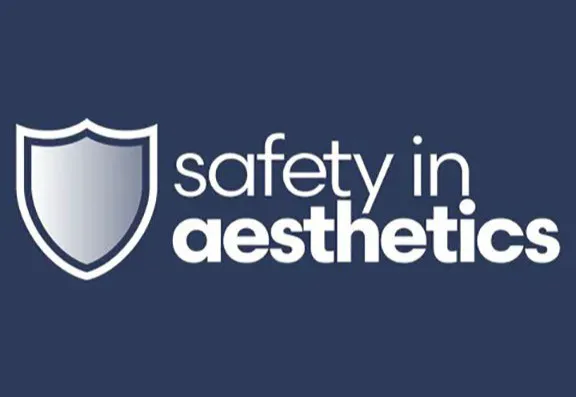Choosing an aesthetic practitioner is an important decision that can impact your health and wellbeing.
One of the most important steps you can take to protect yourself when choosing a practitioner is to check whether they have valid insurance. Insurance provides essential cover for solicitor’s costs and damages in case something goes wrong during or after your treatment.
Hamilton Fraser is the only aesthetic insurance provider in the UK who will only insure qualified medical professionals for injectable treatments such as dermal fillers and botulinum toxin
Here’s how to confirm if your practitioner is insured and what to look for:
Although insurance is not currently a legal requirement for aesthetic practitioners in the UK, proposed legislation will require all practitioners to hold indemnity insurance to protect members of the public if something goes wrong with their procedure. The NHS advises anyone opting to have a cosmetic procedure to make sure the practitioner they choose has the right insurance to safely carry out the procedure. Insurance should therefore be a key requirement for any professional offering aesthetic treatments. It protects you, the client, by providing cover in case of complications or if something does not go as planned, and it protects practitioners from allegations of negligence relating to malpractice.
Without insurance, you could be left vulnerable, with limited options if issues arise, and the practitioner may not have the means to resolve claims properly.

Aesthetic practitioners should hold specialist insurance suited to the treatments and type of service they provide. Policies typically cover:
Insurance is a must for any responsible practitioner, but it is important to note that different insurers offer varying levels of cover for non-medics - aesthetic practitioners without a medical background or training. For example, leading cosmetic insurance provider, Hamilton Fraser, can insure non-medics to carry out specific treatments subject to training requirements, but does not insure non-medics such as beauty therapists or dental nurses for injectable treatments, and can only provide cover for dermal filler for qualified healthcare professionals within their medical malpractice insurance policy.
Non medics may not have the necessary qualifications or medical training to carry out certain treatments safely. While they might appear credible due to having insurance, the risks associated with being treated by someone without adequate training can be significant.
Why is this risky?
For your safety, it’s crucial to choose a practitioner with appropriate medical qualifications who is trained by a medical practitioner and experienced in delivering aesthetic treatments.

Here are some steps you can take to verify a practitioner’s insurance status:
In addition to insurance, check if the practitioner:
These organisations require practitioners to demonstrate adequate training, adherence to ethical standards, and a commitment to ongoing professional development. Membership with such bodies is a strong indicator of professionalism and accountability.
Not all training courses are created equal. Practitioners should have completed courses that meet a recognised standard, focusing on both theoretical knowledge and hands-on practice. High-quality training should:
Always ask your practitioner about their training and qualifications, and don’t hesitate to request evidence if you have concerns.
For more information, visit Hamilton Fraser’s guide on grey market products and how to identify them.
Unfortunately, there is no comprehensive public directory for UK-approved medicines and devices, but you can check if a product is approved by consulting the MHRA website.

Hamilton Fraser is a leading provider of insurance for aesthetic practitioners, helping to promote safe practices across the industry.
If you are unsure about your practitioner’s insurance, visit the Hamilton Fraser website to learn more about what comprehensive cover looks like.
Use the ConsultingRoom Clinic Search.
Visit the JCCP register.
Your safety should always come first.
Taking the time to check a practitioner’s insurance status can provide peace of mind and help you feel confident in your choice.
Don’t be afraid to ask questions or walk away if you have any doubts.
If you do have any concerns with a practitioner, please use our Raise A Concern form to report what you have seen.
